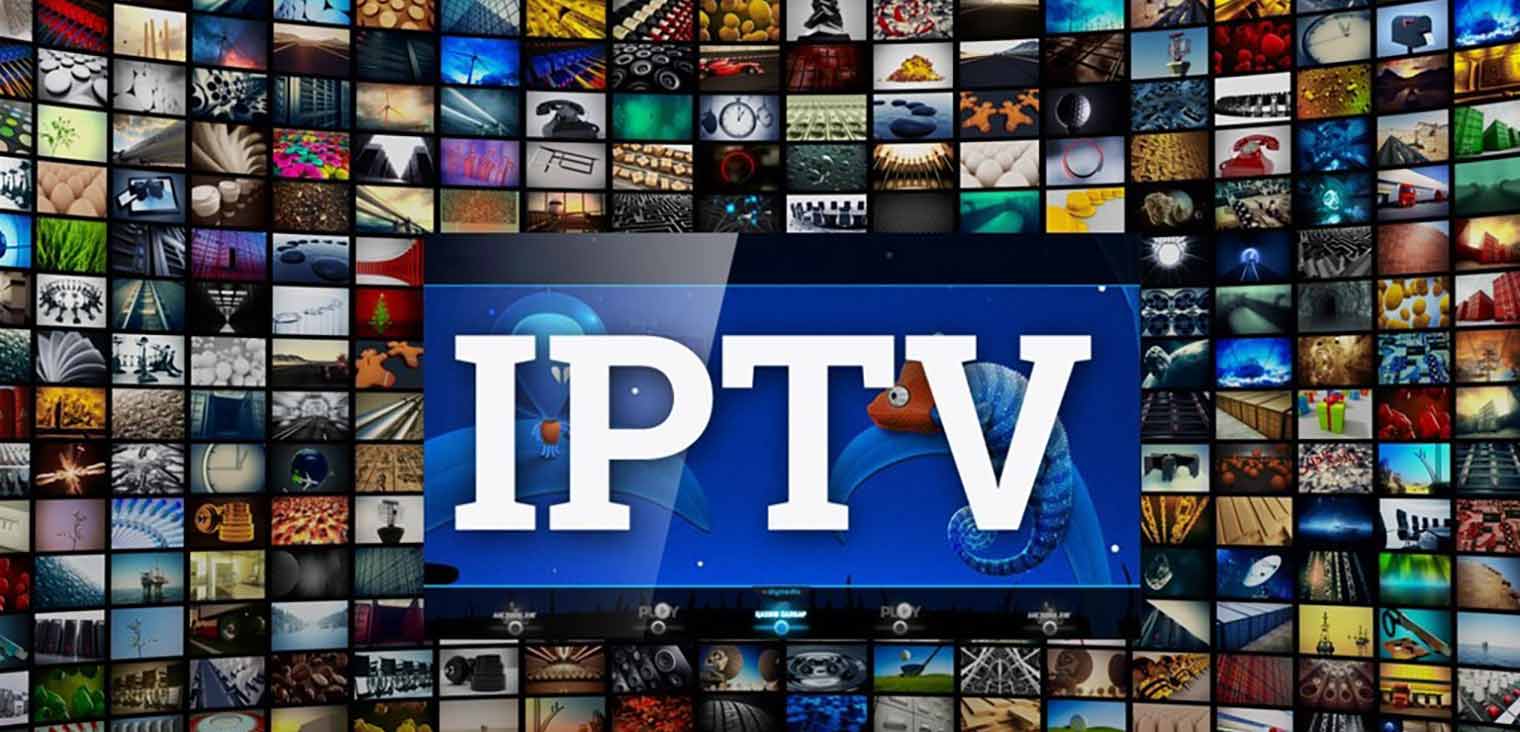Internet Protocol Television (IPTV) is a service that uses the internet to deliver TV services.
In short, IPTV is transmitting audio and video over a computer network instead of cable, terrestrial or satellite.
IPTV = Internet Protocol Television
Internet Protocol Television (IPTV) is a digital TV service delivered through your high-speed internet (broadband) connection. This technology transforms traditional TV content into data packets that are transmitted over the internet, allowing you to enjoy a variety of programming directly on your television via a set-top box.
How IPTV Works :
IPTV works by encoding TV channels and on-demand video content into IP format, then streaming it through a set-top box at your home. This process involves three key components:
- Content and Head End: This is where TV channels are received, encoded, and other on-demand video content is stored.
- Delivery Network: Utilizes broadband and landline networks provided by telecom operators to transmit content.
- Set-Top Box: At the user’s end, this device decodes the data packets back into viewable programs and connects the broadband modem to your TV.
Benefits of IPTV:
IPTV offers significantly enhanced digital video and audio quality compared to traditional analog TV. The service is interactive, giving users the ability to:
- Access detailed information about players during sports broadcasts.
- Schedule recordings remotely.
- Instantly watch movies with video on demand, browsing through an extensive online catalog as if using a DVD player.

Cost Efficiency and Interactivity:
Utilizing standard networking protocols, IPTV cuts down on operational costs for providers and, consequently, reduces the expense for consumers. The system’s reliance on set-top boxes and broadband connections enables more efficient video streaming than traditional cable setups.
Limitations of IPTV:
The main challenge with IPTV is its dependence on your internet connection’s stability. Since it operates over the internet protocol, slow speeds, packet loss, and delays can affect the viewing experience, especially if the network connection is inadequate.
IPTV is transforming how Canadians watch TV, combining the reliability of traditional broadcast with the flexibility and interactivity of online streaming. This technology not only enhances viewing quality but also offers potential savings and interactive features that are reshaping the television landscape in Canada.
IPTV: In-Depth Information
Advanced Features of IPTV:
- Time-Shifted TV: Allows users to watch live broadcasts later. Examples include catch-up TV and start-over TV.
- Catch-Up TV: Re-watch TV shows that were broadcasted a few days ago.
- Start-Over TV: Start a live show from the beginning.
- Video on Demand (VoD): Access an extensive library of movies, TV shows, and other videos at any time. Users can browse through the catalog, choose their desired content, and play it instantly.
- Personal Video Recorder (PVR): Enables recording of live TV to watch later. Users can schedule recordings remotely and store them on the IPTV server or local storage.
- Electronic Program Guide (EPG): Provides an interactive interface for browsing and selecting TV programs. Users can view program schedules, set reminders, and get detailed information about shows.
Technical Aspects:
- IPTV Middleware: The software platform that controls the delivery of TV services. It manages user authentication, channel selection, billing, and other essential functions.
- Multicasting: IPTV uses multicasting technology to send a single stream of data to multiple users simultaneously. This is more efficient than unicasting, which sends individual streams to each user.
- Adaptive Bitrate Streaming (ABR): Adjusts the video quality in real-time based on the user’s internet speed. This ensures a smooth viewing experience even with fluctuating bandwidth.
Benefits Beyond Traditional TV:
- Customization and Personalization: Users can customize their viewing experience by creating profiles, setting preferences, and receiving personalized recommendations.
- Multi-Screen Viewing: IPTV allows users to watch content on various devices, including TVs, smartphones, tablets, and computers. This multi-screen functionality enables a seamless transition between devices.
- Interactive Applications: Integration of interactive applications such as weather updates, social media, and gaming within the IPTV service enhances user engagement and convenience.
Use Cases and Applications:
- Educational Content: IPTV is used in educational institutions to stream lectures, seminars, and educational programs. It facilitates distance learning and provides access to a wide range of educational resources.
- Corporate Training: Companies use IPTV for employee training and communication. It allows for live streaming of training sessions and on-demand access to training materials.
- Healthcare: Hospitals and clinics use IPTV for patient education, entertainment, and communication. It helps in delivering health-related information and keeping patients engaged.
Emerging Trends in IPTV:
- 4K and 8K Streaming: As internet speeds increase, IPTV services are beginning to offer ultra-high-definition content. This enhances the viewing experience with stunning clarity and detail.
- Artificial Intelligence (AI) Integration: AI is being used to enhance content recommendations, improve customer service with chatbots, and optimize network performance.
- Virtual Reality (VR) and Augmented Reality (AR): The integration of VR and AR with IPTV is creating immersive viewing experiences, especially in gaming, sports, and interactive storytelling.
Global Impact:
- Growth in Developing Markets: IPTV is gaining traction in developing countries where traditional TV infrastructure is limited. It provides an affordable and scalable solution for accessing diverse content.
- Cultural Preservation: IPTV helps in preserving and promoting local cultures by offering regional channels and content. It allows diaspora communities to stay connected with their homeland.
Conclusion
IPTV is revolutionizing the way we consume television and video content. With its advanced features, flexibility, and interactive capabilities, it offers a superior alternative to traditional TV. As technology evolves, IPTV is set to become an integral part of our digital lives, providing endless possibilities for entertainment, education, and communication.




